Sujuk: Basic Information
Pronunciation
Alternative Name(s)
Dish Type
Course
Mealtime
Popular Variations
Sujuk: Origin and Region
Origin
Continent’s Region
Country’s Region
Associated Region
Sujuk: Ingredients and Preparation
Main Ingredients
Main Cooking Method
Preparation Process
Sujuk: A Deep Dive
Cultural Significance
Taste
Texture
Aroma
Color
Serving Style
Serving Temperature
Accompaniment
Occasions
Seasons
Special Diets
Calories
Popularity
Popular Similar Dishes
- Salami
- Lukanka
- Bratwurst
- Makanek
- Pepperoni
Popular Dining Area
Sujuk, also known as sucuk, is a type of sausage from the Middle East, Central Asia, and the Balkans regions, made by fermenting the meat to get a dry texture and spicy profile. To get this profile, sujuk uses ground meat of beef or lamb and animal fat, with a fat content exceeding 42%.
Interestingly, beef is a favorite option for this sausage in Turkey, Bulgaria, Armenia, Kyrgyzstan, and Kazakhstan. Ideally, the ground meat needs 8 to 16 hours at a low temperature of (46 – 54 °F) before incorporating with ground tail fat, suet, beef tallow, and spices, like red pepper, for the heat.
Typically, the fermenting process of sujuk requires two stages, including the fermenting and post-fermenting procedures. During the fermenting process, the temperature will gradually decrease, while the post-fermentation stage will dry sujuk until the moisture is less than 40%.
To serve, people often fry slices of sujuk or grill bigger pieces to accompany eggs in a Turkish breakfast. Alternatively, sujuk is also added to stews and pastry creations or reserved as toppings.
Don’t forget to keep your curiosity going by exploring a few popular adaptations of sujuk in other countries, the elements featured in the meat mixture, common ways to cook up the sausage, and specialties to incorporate sujuk.
Later on, you should explore the advantages and disadvantages of sujuk with common inquiries and similar food creations.
Key Points
Sujuk Images
What Are The Variations of Sujuk in Different Countries?
In each country where sujuk is present, there are many variations made using different ingredients. Most often, sujuk varies different in each country:
Thanks to the different cultures, the ingredients are employed differently to create these versions of sujuk. Also, these various elements are used to provide various flavors to sujuk.
What Ingredients Are Used to Seasoned Sujuk?
Sujuk is seasoned with a variety of spices to give it its distinctive flavor. While the exact ingredients vary based on regional and cultural preferences, here are 8 common seasonings used in sujuk:
- Salt: Essential for flavor and preservation.
- Garlic: Provides a strong and aromatic flavor.
- Paprika: Adds color and a mild spicy note.
- Cumin: Imparts a warm and earthy flavor.
- Sumac: Gives a tangy and lemony taste.
- Fenugreek: Offers a slightly sweet and nutty aroma.
- Red pepper flakes: For added heat.
- Coriander: Provides a citrusy and slightly sweet flavor.
With all the common elements used to season sujuk in your grasp, there is still more to explore regarding the process of making this fermented sausage.
How to Cook Sujuk Correctly?
Since different regions and cultures have their own ways of handling sujuk, I’d like to focus on the general way to cook the sausage. To keep it simple, there are only three steps to process raw sujuk, including slicing, frying or grilling, and draining.
- Slicing: Simply grab a knife to slice sujuk into thin and round pieces, allowing them to cook evenly. However, grilled sujuk doesn’t require slicing.
- Frying: Heat a pan and fry the sujuk slices with no oil since sujuk is relatively high in fat which will be released when in contact with heat. Fry each side for 2 or 3 minutes until they have a deep brown color and are crispy.
- Grilling (alternative): Grilled sujuk produce a shiny layer outside with a slight crispiness and smoky flavor infused into the whole sausage.
- Draining: Transfer the sujuk to paper towels to absorb any excess fat.
After cooking sujuk, they are ready to incorporate all sorts of meals and dishes to fit your appetites, with many dishes able to support the addition of sujuk.
What Dishes That Use Sujuk?
Sujuk plays a great role as an addition to many common dishes, here are some items that are perfect for adding sujuk:

Sucuklu yumurta
A popular Turkish breakfast dish made of eggs cooked with slices of sujuk.

Menemen
A traditional Turkish dish featuring eggs, tomatoes, green peppers, and often with spices or additional ingredients like sujuk.
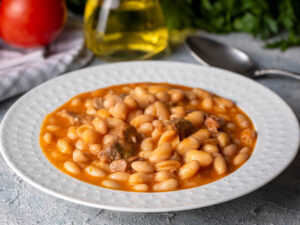
Kuru fasulye
A comforting Turkish bean stew, typically made with white beans, tomato sauce, spices, and sujuk.

Sujuk burger
A burger patty made or topped with the spicy flavors of sujuk sausage.

Sucuk pide
A Turkish pizza-like dish where the dough is topped with sucuk slices and baked.

Sujuk shawarma
A wrap or sandwich that incorporates slices of sujuk, often with vegetables and sauces.

Sucuk döner
Rotisserie-cooked meat, similar to shawarma, but using sujuk as the primary flavoring.

Sucuk pizza
A pizza topped with slices or bits of sujuk, melding Italian and Turkish flavors.
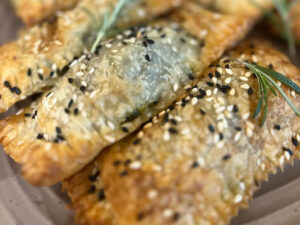
Sujuk borek
A variation of the traditional borek pastry, filled with sujuk.
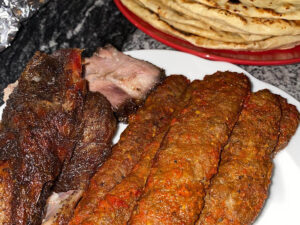
Sujuk kebab
Skewered and grilled pieces of sujuk, often served with vegetables and sauces.

Sucuk ekmek
A bread sandwich with sujuk sausage slices in the middle, popularly eaten in Turkic countries.
Aside from dishes, there are a few combos that pair well with the sausage, like sujuk and cheese, sujuk and halloumi, sucuk and eggs, sucuk and scrambled eggs. After knowing your favorite combo, discover the pros and cons of sujuk.
Pros And Cons of Eating Sujuk
While sujuk is mesmerizing thanks to its unique flavor, this fermented sausage comes with a few advantages and disadvantages for consumers to consider:
Pros
Cons
I hope these pros and cons excite your curiosity. With that said, there are still more concerns revolving around sujuk for people to explore.


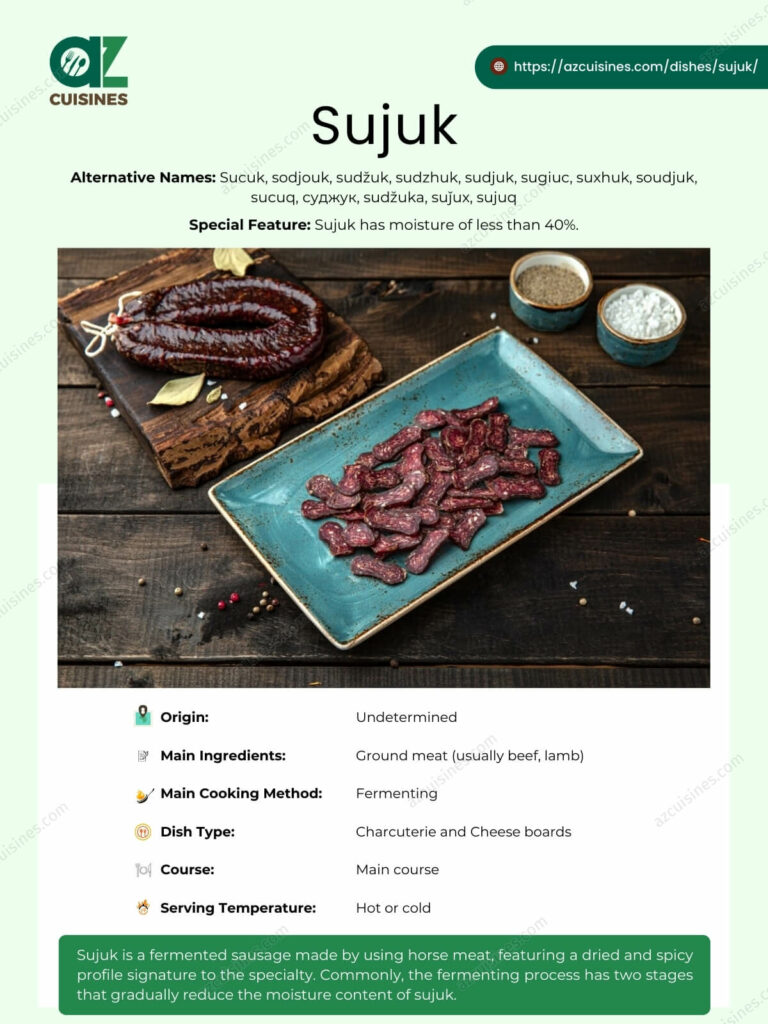



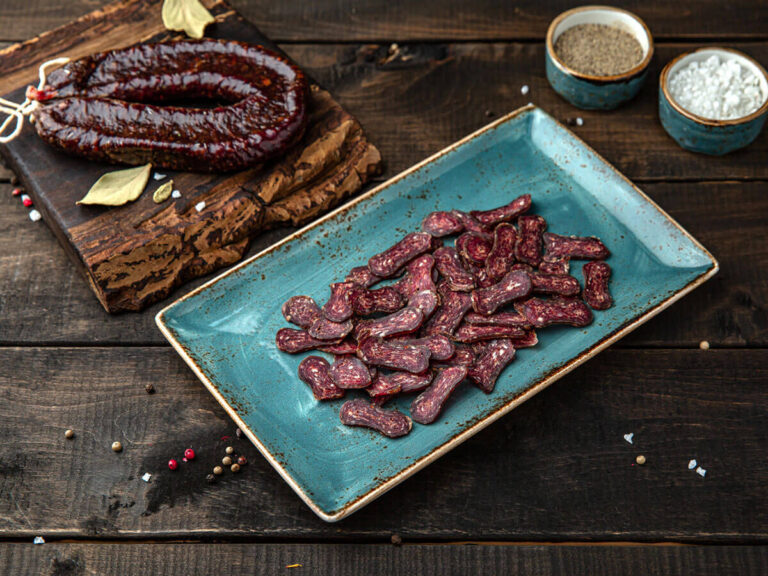
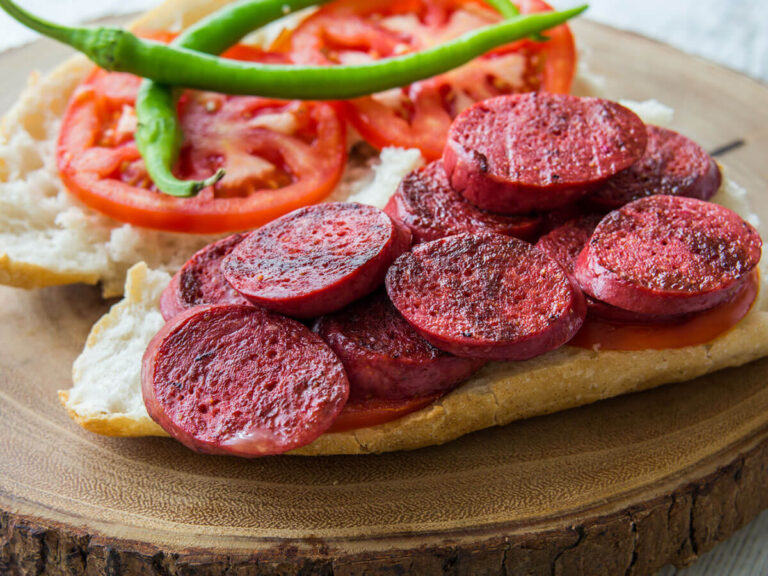
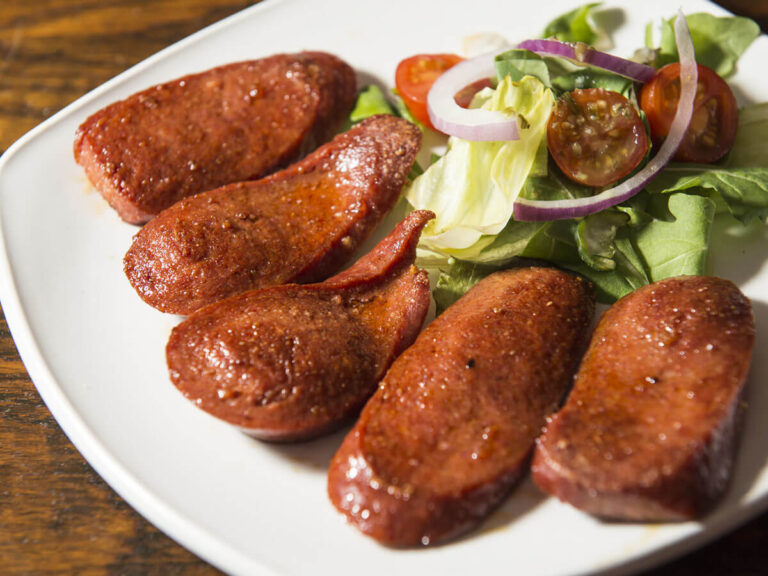



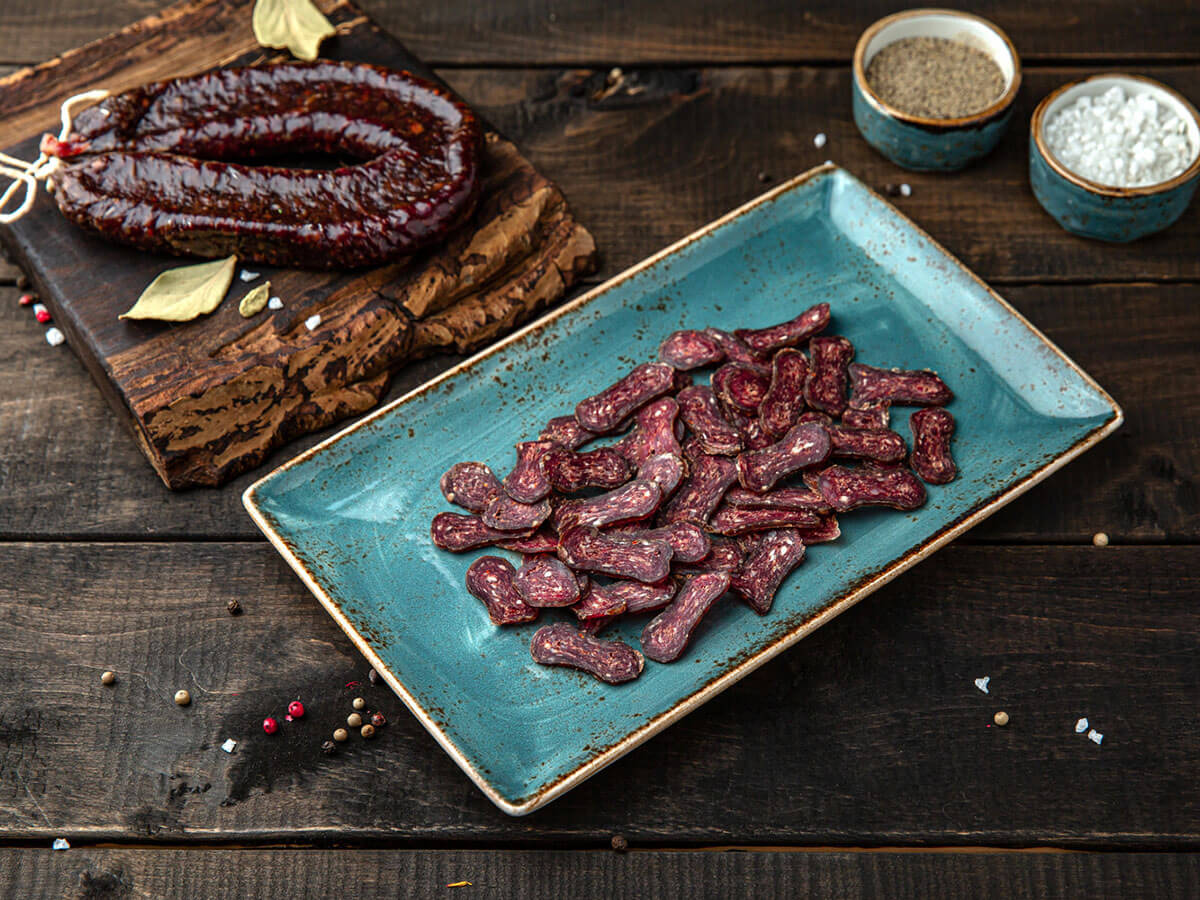
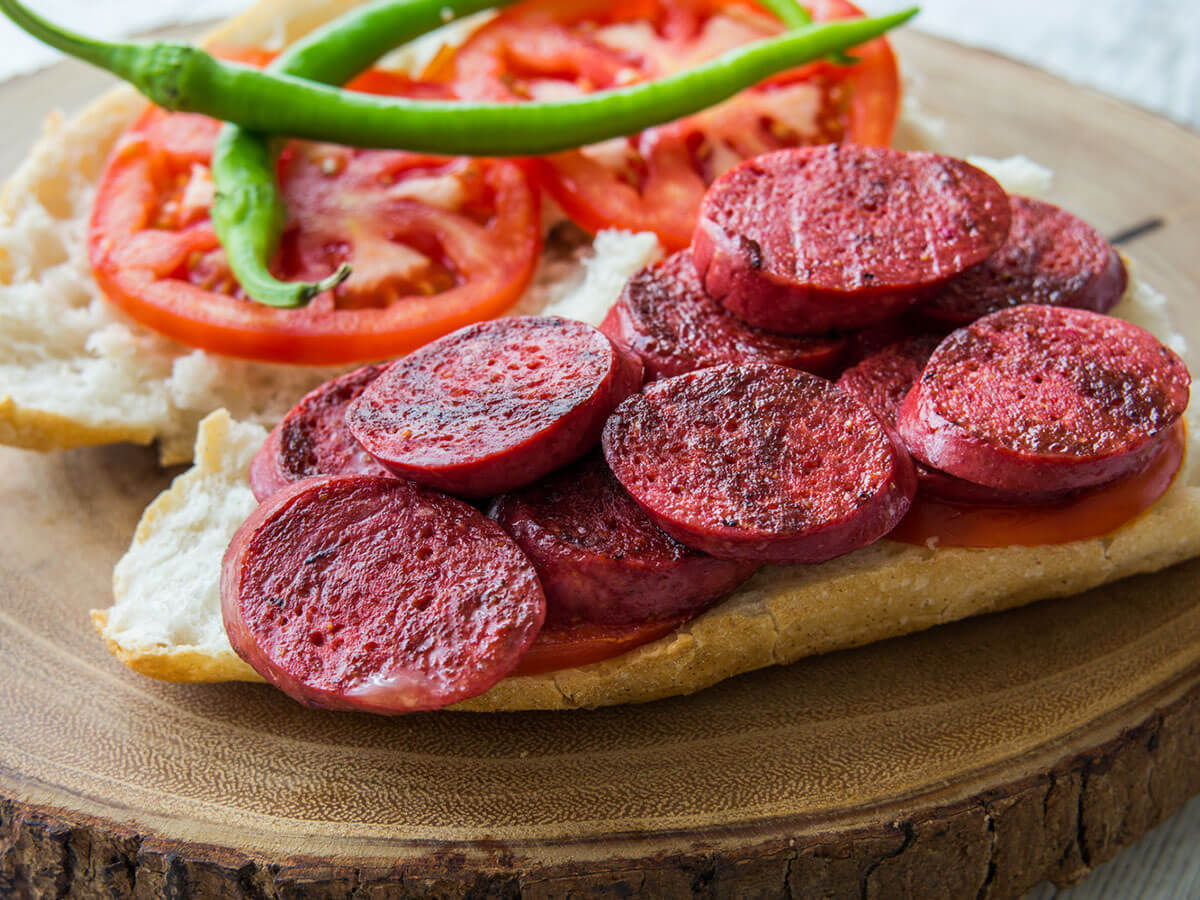
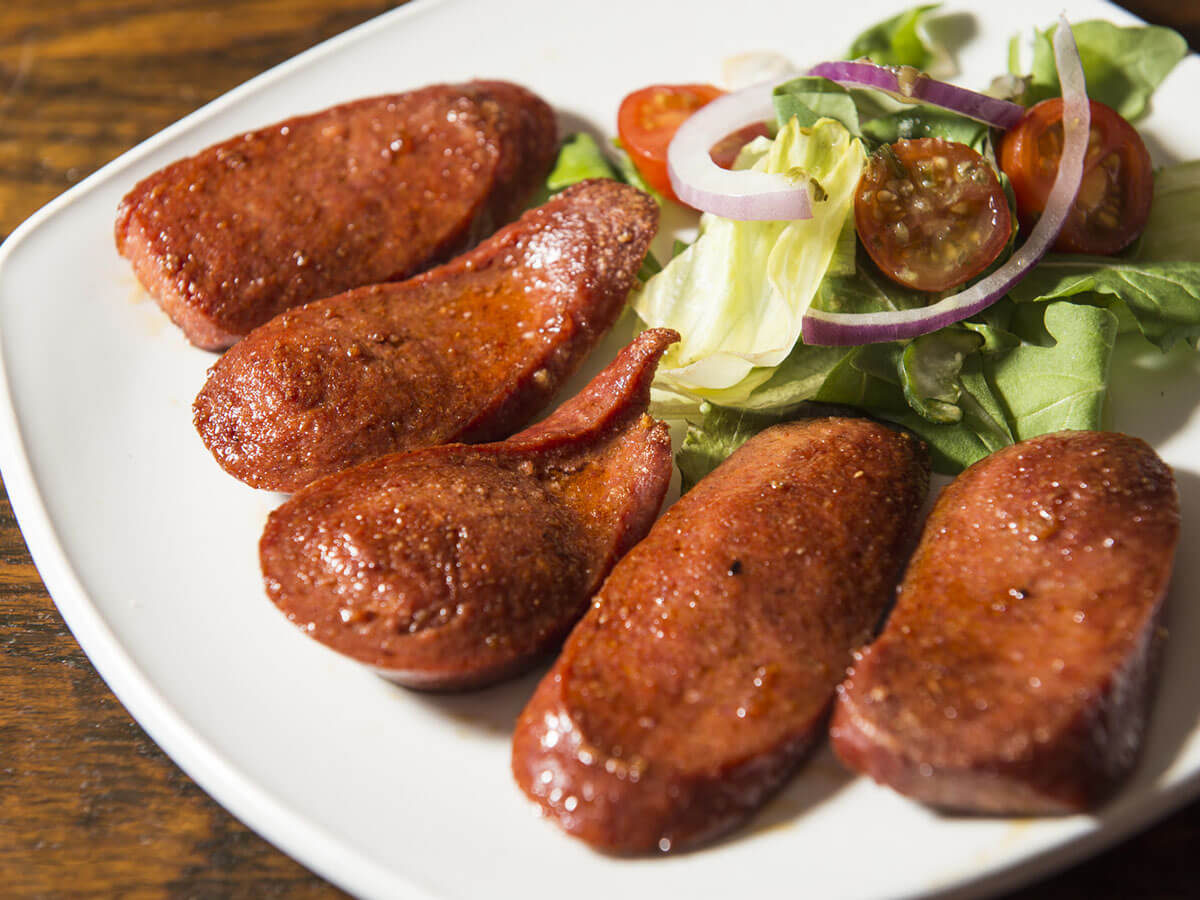
Adam Sam
Senior Food and Drink Editor
Expertise
Food Writer & Recipe Developer, Recipe Tester, Bartender, Cooking-video Maker, Editor In Chief
Education
Adam Sam, an experienced food writer and recipe developer, is passionate about blending diverse culinary traditions, national dishes, and innovative beverages, showcasing his proficiency in both traditional and modern recipe testing.
As the Editor-in-Chief, he elevates culinary content from street food to fine dining, focusing on Western cuisine and types of drinks at azcuisines.com, and is professional in creating engaging cooking videos that simplify complex dishes and ingredients.
His passion for food is evident in his writing, where he uniquely merges various cultures, traditions, and contemporary trends, skillfully combining classic recipes with modern cooking methods.